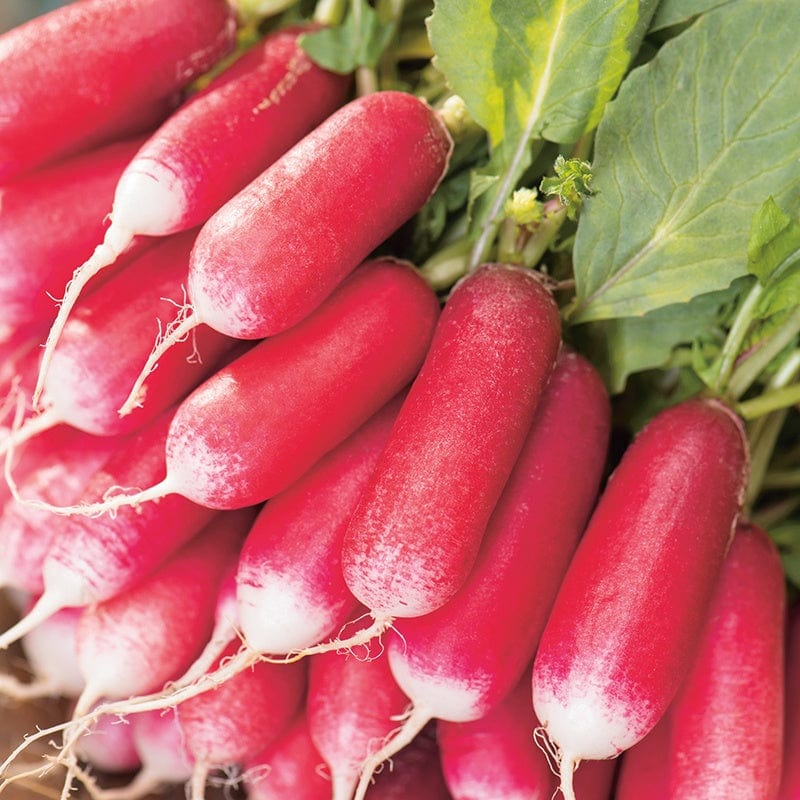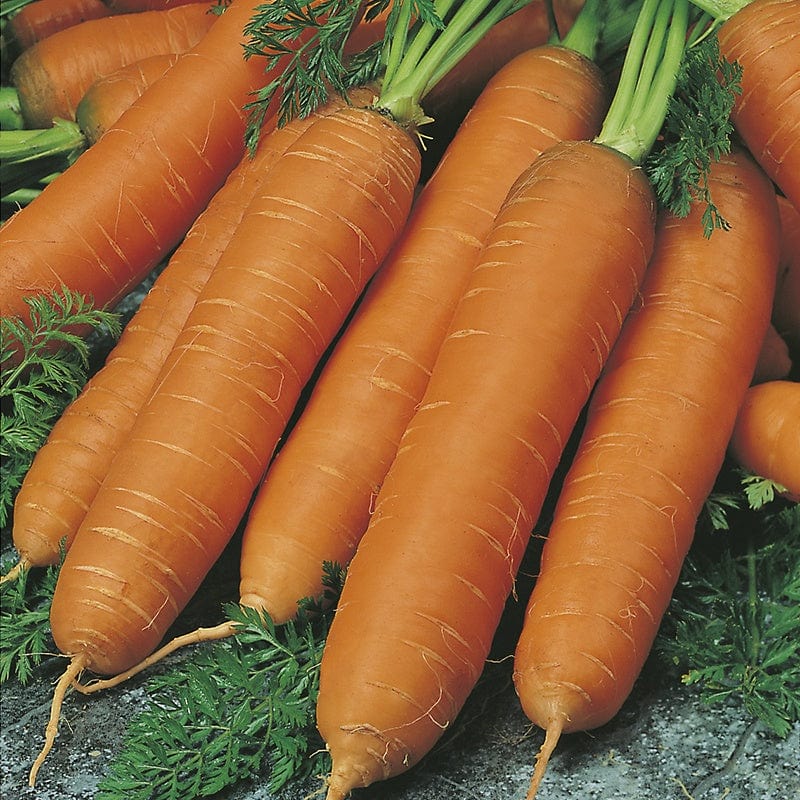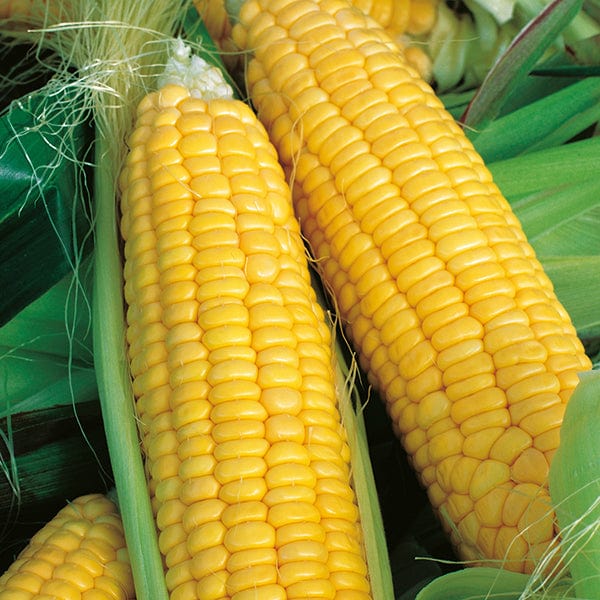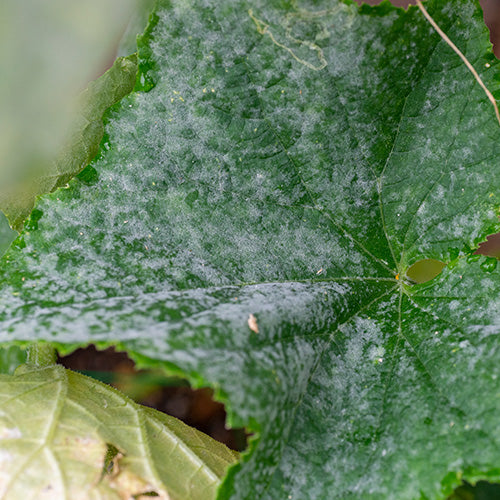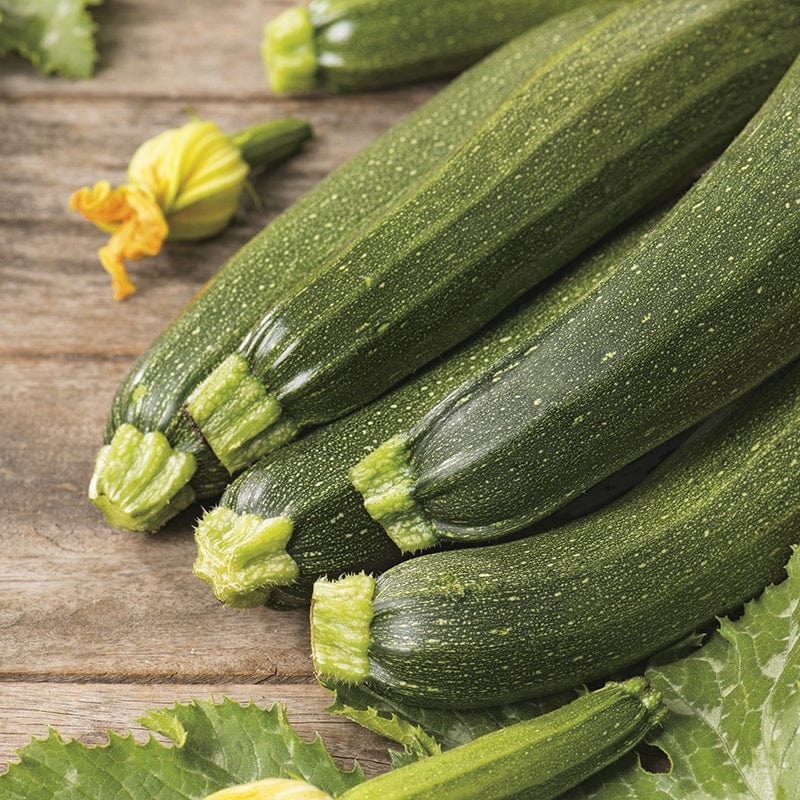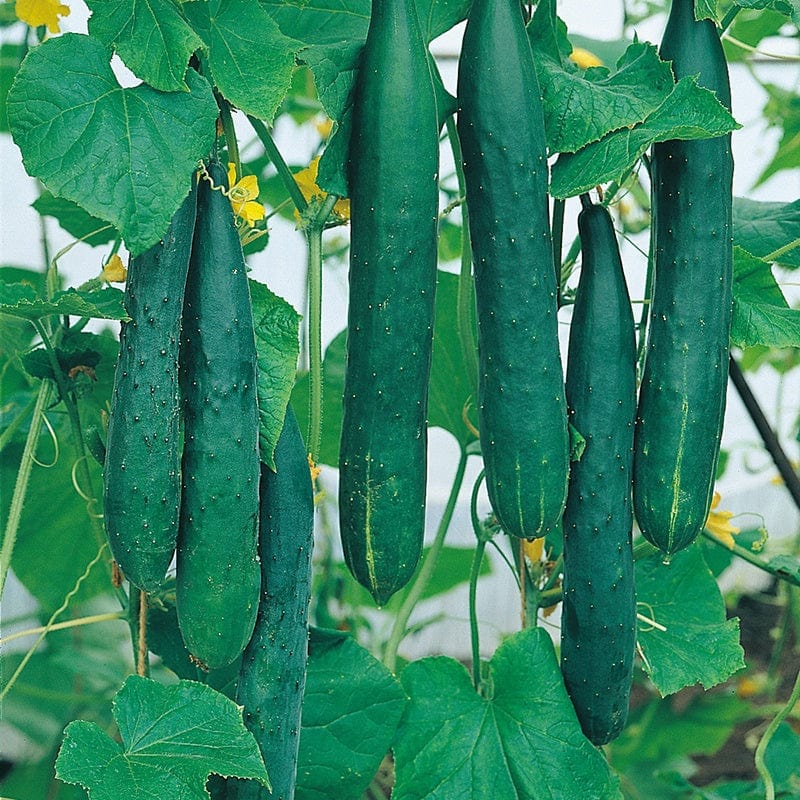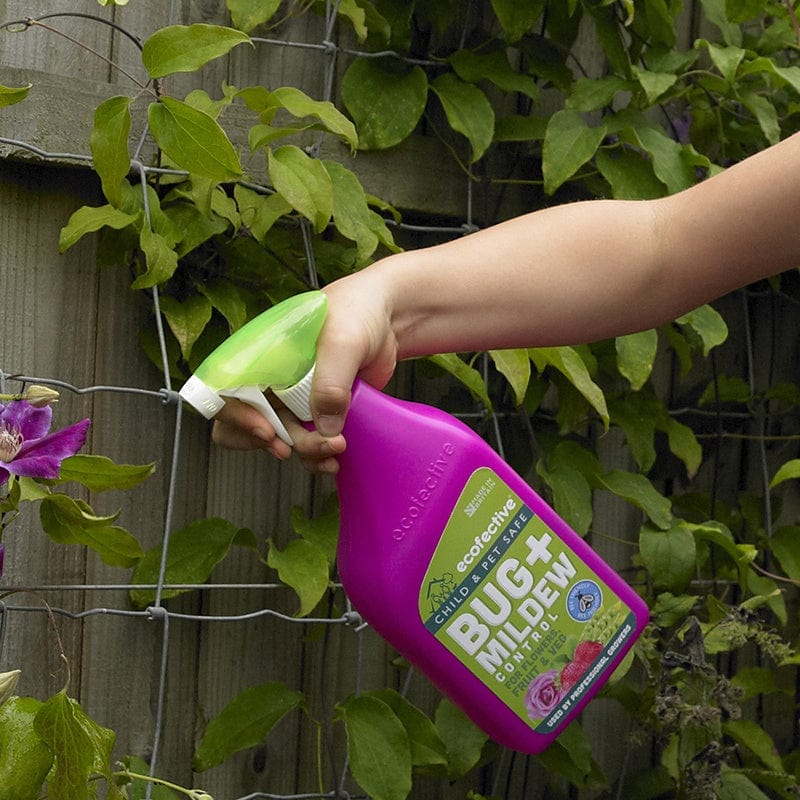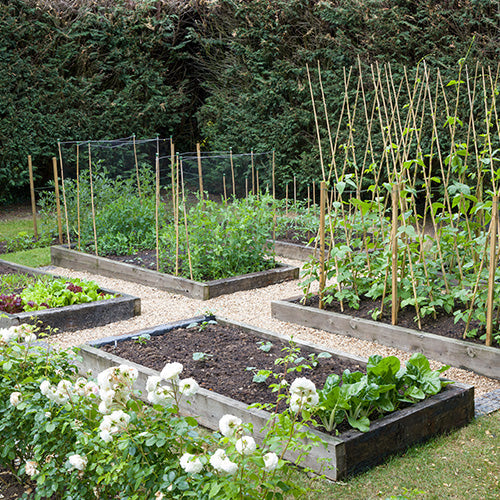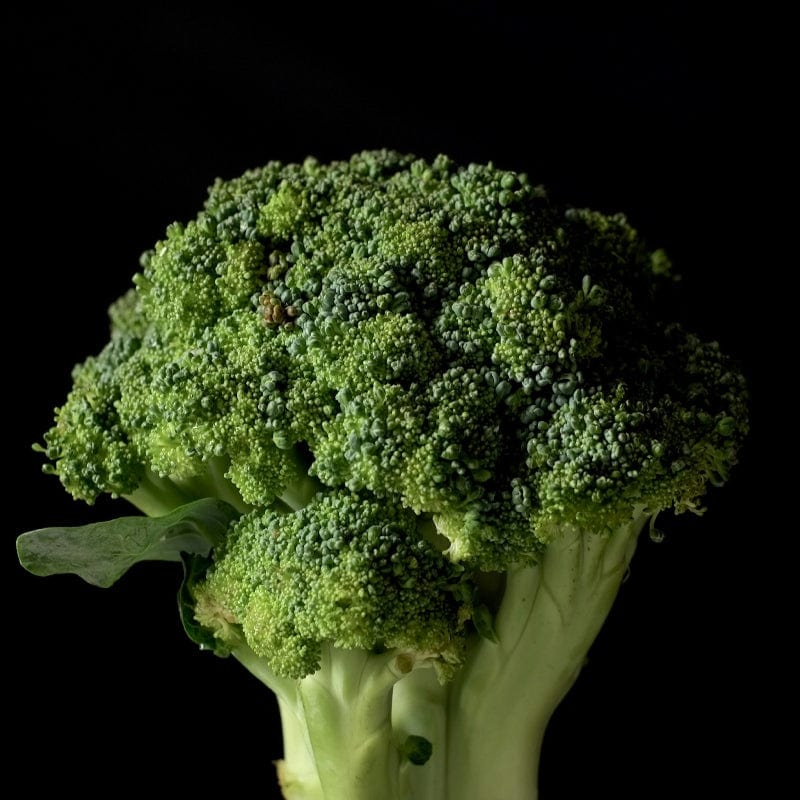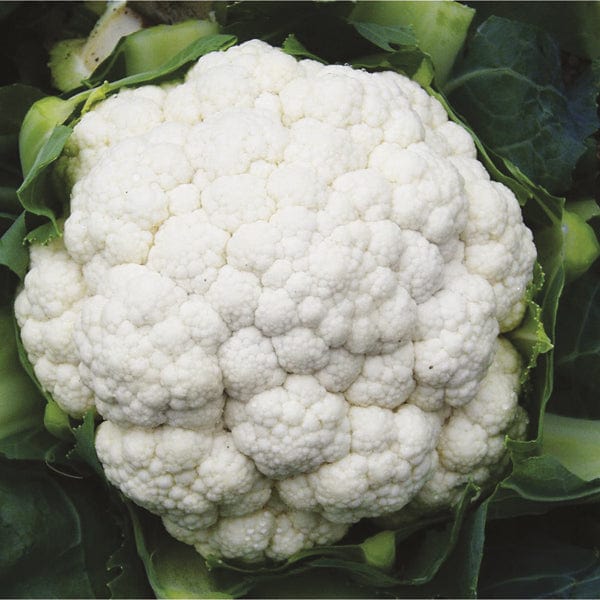Keeping your plants free of disease is key to ensuring their continued growth and healthy development. One of the more common diseases that affects plants is powdery mildew disease, which can cause foliage to wither and affect how well plants can absorb nutrients. To prevent this disease from affecting your garden’s plants, read on to find out what powdery mildew is, what the signs of it are and how to treat it.
What Is Powdery Mildew?
Powdery mildew is a fungal disease that causes white, powdery growth in a plant's foliage. Almost no plant type is fully immune to the disease, although some are more susceptible than others. These include vegetable seeds such as bean seeds, pea seeds, pumpkin and squash seeds, pepper seeds and cucumber seeds. If powdery mildew appears on your plants, it’s rarely fatal. However, you should try to treat diseased plants as soon as possible to stop further infection.
What Are the Early Signs of Powdery Mildew
Early stages of powdery mildew will leave small circles of white or grey powder spots on the foliage, stems or in some cases, fruit. If left untreated, it can spread throughout the foliage and drain nutrients from plants, leading to withered leaves. In more serious cases, it can affect your yields and the flavour of your fruit and vegetables.
Powdery mildew can often be mistaken for other powdery-type plant diseases, such as downy mildew. The difference lies in that downy mildew is often browner or greyer in colour and tends to attack the undersides of leaves. They thrive in different growing conditions to each other too, so with little research, you should be able to distinguish between the two.
What Causes Powdery Mildew?
Powdery mildew thrives in warm and dry conditions. The spores initially form when foliage is dry, lighting is low, ventilation is poor and there is some humidity in the air. It is worth having a good check over of plants in late spring or early summer as, because of the weather, this is when plants are most susceptible. Fresh new growth is most vulnerable, so be sure to check the whole plant.
How to Get Rid of Powdery Mildew
Though removing and disposing of infected plants would obviously be an effective method, this is likely not to be a practical decision for you. Instead, there are some actions you can take to prevent the disease from spreading any further.
If early signs of mildew are present, you should remove any dead or diseased foliage as soon as possible and either burn these or dispose of them in your rubbish bin. Do not put these in your normal garden compost, as this will cause further fungal spores to develop and reinfect your plants again.
Several home treatments can be effective. One method is to mix four tablespoons of apple cider vinegar with four litres of water and spray the plant with the solution. Another method is to mix one part milk into two parts water and spray this solution over the leaves. These solutions should be sprayed roughly once every three days until the disease clears.
Fungicides can be used to treat powdery mildew, though this is not recommended as this can impact soil heath, reduce biodiversity and cause complications for the environment. Instead, the best practice is to follow the below methods to effectively prevent this disease from developing in the first place.
How to Prevent Powdery Mildew
The best way to deal with powdery mildew is to act proactively, not reactively. As such, there are several things gardeners can do to prevent infection:
- A key step to prevent powdery mildew is to grow mildew-resistant varieties. Some of our favourite disease-resistant vegetable seed varieties include Courgette Defender F1, Pumpkin Cargo F1, Cucumber Burpless Tasty Green and Pea Shiraz.
- When planning your growing space, ensure that plants have appropriate spacing to allow enough airflow throughout your crops.
- Make sure plants are receiving sufficient light. Avoid planting susceptible plant types in shaded areas, though plants that specifically thrive in shady conditions should be kept in them.
- Keep plants well pruned to maintain light and airflow.
- Don’t over-fertilise your plants, as excess nitrogen can lead to powdery mildew’s development.
- Use preventative powdery white mildew treatments, such as garden disease control products. One of our customer favourites is our bug and mildew spray. Follow the manufacturer's application instructions and ensure that the spray is suitable for use on edible crops.
Related Products
Gardening Advice from D.T. Brown Seeds
After reading this guide, you’ll now be fully prepared to effectively deal with powdery mildew in your garden and prevent it from affecting your plants in the future. Our advice on caring for your garden doesn’t end there, however. You can find many more useful guides to keep your garden a happy and healthy place with our expert advice in our gardening blog.
We’re also home to many different gardening supplies to keep your growing space at its best, with many quality vegetable garden seeds and plants, flower seeds, fruit plants, and much more to discover. If you’d like to ask us about anything we offer, feel free to get in touch with any questions. A member of our team will be more than happy to help.




